Explore the Tulip Era's significance, origins, cultural influences, political shifts, economic developments, and lasting legacy in Ottoman society and beyond.The Tulip Era, a vibrant period in the early 18th century, marks a pivotal moment of transformation within the Ottoman Empire, where Western influences began to intertwine with local traditions. This article dives deep into the significance of the Tulip Era, exploring its origins, cultural dynamics, and the profound effect it had on society, art, and architecture. As tulips blossomed in both gardens and the hearts of the Ottomans, they symbolized not just a love for aesthetics, but also a burgeoning curiosity toward Western ideas and technologies. From the economic rise of the tulip market to the political shifts steering the empire toward modernization, we uncover the complex web of developments that characterized this fascinating time. Join us as we navigate through the legacy of the Tulip Era and its enduring lessons for contemporary cultural change.
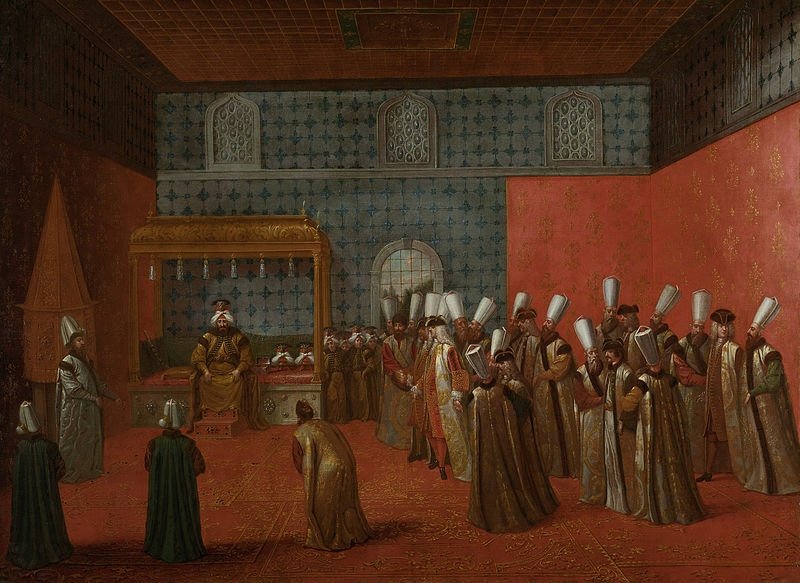
Introduction To The Tulip Era And Its Significance
The Tulip Era, spanning from the late 17th century to the early 18th century, represents a distinctive period in the history of the Ottoman Empire characterized by a fascination with the Tulip and a surge of cultural change. This era was not merely about the flower itself; it was a time of profound transformation that intertwined various aspects of society, economy, and politics within the empire.
During the Tulip Era, the appreciation for the Tulip symbolized the Ottoman elite's desire to align themselves with European aesthetics and lifestyles. As these beautiful flowers thrived in the empire's gardens, they reflected a broader trend of Western influences permeating Ottoman culture, which set the stage for significant political and economic developments. The era is notable for its emphasis on luxury, art, and cultural patronage, mirroring similar trends in Europe.
Moreover, this period laid the groundwork for subsequent Tulip-inspired movements aimed at adopting modern ideas and technologies, challenging traditional structures, and ultimately leading to Westernization efforts in the Ottoman Empire. The significance of the Tulip Era lies in its dual role: it was a time of extravagant cultural expression and a harbinger of pressing changes necessary for the empire's adaptation to a rapidly evolving world.
In understanding the legacy of this unique period, one can appreciate how the Tulip became a symbol not just of beauty, but one of cultural change and the complex interplay between tradition and modernity in Ottoman society.
Origins Of The Tulip: From Asia To The Ottoman Empire
The journey of The Tulip begins in Central Asia, specifically in the mountainous regions that stretch across Persia and into the eastern parts of the Ottoman Empire. These early varieties of tulips flourished in their natural habitat, nestled in the diverse climates and terrains of Asia. It was during the 16th century that the tulip began to make its way into Ottoman culture, catalyzing a transformation that would profoundly affect the empire's aesthetic and social landscape.
The introduction of The Tulip to the Ottoman Empire can largely be attributed to the expansive trade networks that connected Europe and Asia. Merchants and travelers brought the bulbs back to Constantinople (modern-day Istanbul), sparking interest among the elite and leading to the cultivation of tulips in the empire's gardens. Their vibrant colors and unique shapes captivated the nobility, who began to celebrate the flower as a symbol of status and beauty.
During the reign of Sultan Ahmed III, which marked the beginning of the Tulip Era (approximately 1718-1730), The Tulip was not only a botanical fascination but also an emblem of Western influence. The sultan himself was an avid gardener and promoted the planting of tulips in public and private gardens alike. This shift in ornamental practices reflects the broader cultural exchanges of the period, as the Ottomans began to adopt and adapt European artistic influences.
As the popularity of The Tulip soared, it transcended mere horticultural interest. The flower became a motif in various art forms, including textiles, ceramics, and miniatures, further embedding its significance within Ottoman culture. So much so that, by the early 18th century, tulips were increasingly associated with wealth, luxury, and the embodiment of an era that sought to embrace the aesthetics of the West.
Thus, the journey of The Tulip from its origins in Asia to its celebrated status in the Ottoman Empire reflects a pivotal cultural evolution, setting the stage for the profound changes that would unfold during the Tulip Era.
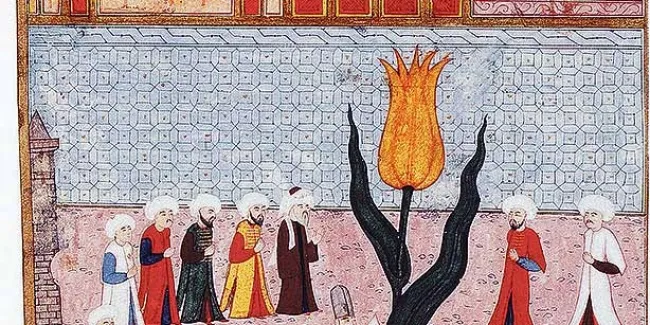
Cultural Influences Leading To The Tulip Era's Emergence
The emergence of the Tulip Era in the Ottoman Empire was not a spontaneous event; rather, it was the culmination of a variety of cultural influences that shaped its identity. The spread of The Tulip as a cherished symbol within society mirrored broader trends in art, literature, and philosophy. Below are some key cultural factors that contributed to the rise of this remarkable period:
| Cultural Influence | Description |
|---|---|
| Persian Poetry | The influence of Persian literature emphasized the aesthetics of beauty and nature, inspiring artistic expressions and the cultivation of tulips as symbols of love and desire. |
| Artistic Renaissance | The revival of interest in arts, especially in painting and decorative arts, led to new ways of representing floral motifs, making The Tulip a prominent subject. |
| Social Traditions | Festivals and celebrations surrounding flowers, particularly the tulip, became a means of social gathering and expression, fostering a sense of community and cultural identity. |
| European Influence | The influx of European ideas and styles into the Ottoman Empire exposed Ottomans to new aesthetics, encouraging the adoption of The Tulip as part of a broader trend toward Westernization. |
| Philosophical Changes | The era's intellectuals began exploring new ideas of beauty, aesthetics, and nature, which cultivated a fascination with flowers and gardens, particularly The Tulip. |
Together, these cultural influences created the fertile ground for the flourishing of the Tulip Era, allowing The Tulip to become an integral part of Ottoman culture, symbolizing both beauty and the complex interplay of tradition and modernity.
The Role Of The Tulip In Ottoman Society And Art
The tulip, a symbol of beauty and elegance, played a significant role in the cultural and artistic fabric of the Ottoman Empire during the Tulip Era. This period marked a time of burgeoning innovation and appreciation for the arts, with the tulip being a central motif that represented not just floral aesthetics, but also a broader cultural awakening towards Western influences.
In Ottoman society, the tulip became a powerful emblem of status and sophistication. It was not merely a flower but a symbol of wealth and prestige. People from varying social strata aspired to cultivate the finest tulips, leading to a flourishing gardening culture. The elite class commissioned elaborate gardens designed specifically to showcase these stunning flowers, which became an integral part of their estates.
Artistically, the tulip was depicted in various forms, ranging from intricate ceramic tiles to lavish textiles and stunning miniatures. This floral motif resonated deeply within Ottoman art, embodying the era's aesthetic values. The renowned Ottoman miniature painters often included tulips in their works, illustrating the flower's delicate beauty and its symbolic associations with paradise and divine beauty.
| Art Form | Description |
|---|---|
| Ceramics | Vividly painted tulip designs, often used in tiles and decorative pottery. |
| Textiles | Elegant fabrics adorned with tulip patterns, showcasing refinement in clothing and interiors. |
| Miniatures | Detailed illustrations in manuscripts featuring tulips, displaying the interplay of nature and art. |
In poetry, the tulip is frequently used as a metaphor for beauty and love, linking the flower to deeper emotional and philosophical themes. This literary incorporation encapsulated the essence of the Tulip Era, where the admiration for the tulip transcended mere appreciation of nature, reflecting a yearning for artistic expression and cultural identity amidst the influences of Westernization.
Overall, the tulip was more than a mere plant; it was a cultural icon that captured the spirit of the era, influencing not just how the Ottomans perceived beauty, but also how they expressed it artistically across various domains of society.
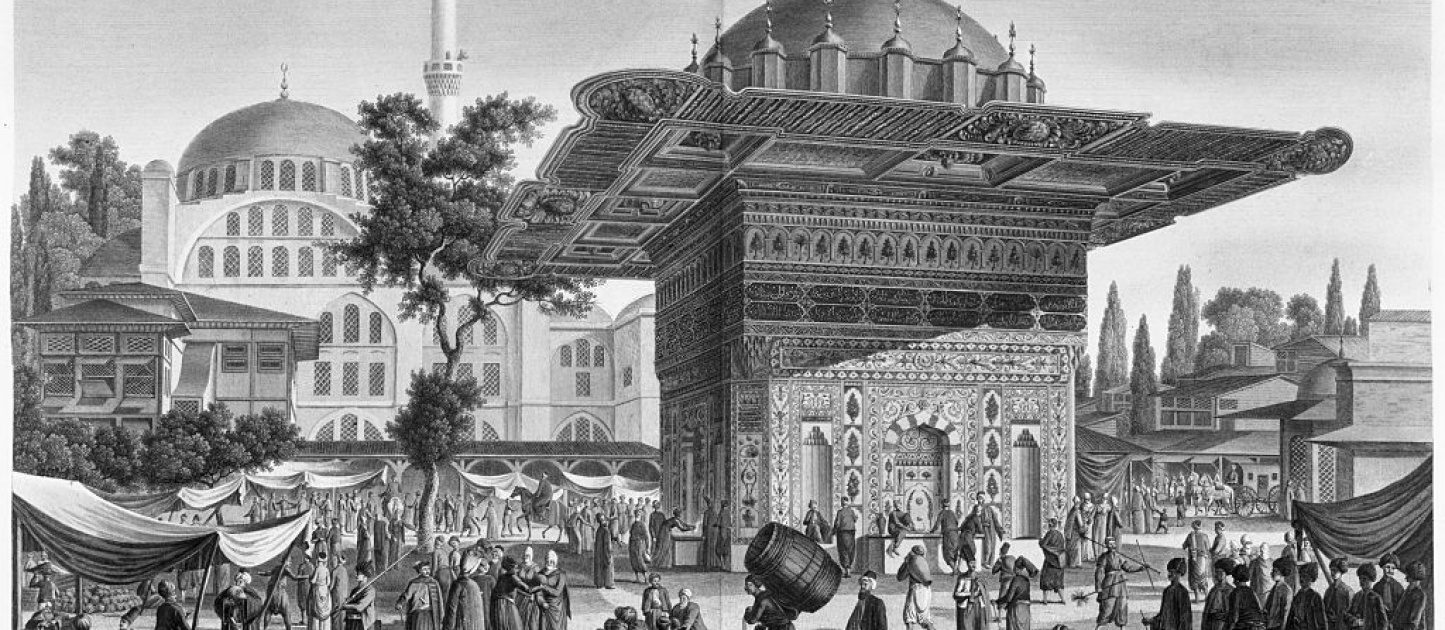
Political Changes During The Tulip Era: A Shift Toward Westernization
The Tulip Era marked a significant turning point in the political landscape of the Ottoman Empire, characterized by a noticeable shift toward The Tulip and Westernization. This period, roughly spanning from 1718 to 1730, saw not only an admiration for European culture but also the beginning of reforms aimed at modernizing the empire's governance and military structure.
Under the reign of Sultan Ahmed III, who was seen as a patron of the arts and culture, the Ottomans began to embrace new ideas derived from European politics and administration. This was partly initiated by the growing interaction with European powers through trade and diplomacy, which facilitated the exchange of knowledge and practices.
A pivotal change during this era was the establishment of embassies in European capitals, which allowed for direct diplomatic relations and a better understanding of Western governance. The appointment of officials who were educated in Europe brought about new political ideologies that began to influence Ottoman policy. A significant example of this is the introduction of military reforms inspired by European models, aimed at strengthening the empire against external threats.
Moreover, the impact of The Tulip was not just limited to military reforms. There was a burgeoning interest in Western sciences, languages, and philosophies. The establishment of the first Ottoman printing house in 1727 served as a significant milestone, enabling the dissemination of Western literature and ideas, thus paving the way for enlightened thought within the empire.
This era also fostered an environment of cultural exchange, leading to the revival of the arts and architecture influenced by European styles. Notably, the construction of palaces and public spaces reflected Western aesthetic principles, merging them with traditional Ottoman designs. The fusion resulted in urban transformations that exemplified the westward gaze of the Ottoman state.
However, these changes were not without their challenges. The emerging Westernization and the changes in political thought sparked resistance from conservative factions within the empire. They viewed the rising Western influence as a threat to Islamic traditions and Ottoman identity. Tensions ultimately escalated, contributing to the decline of the Tulip Era with its culmination in the Patrona Halil Revolt in 1730, which reflected a backlash against the excesses of the era and the burgeoning Westernization.
In conclusion, the political changes during the Tulip Era were crucial in shifting the Ottoman Empire towards Westernization. This period laid the groundwork for future reforms that aimed to modernize the empire while confronting the challenges posed by the evolving world around it.
Economic Developments: How The Tulip Market Flourished During the Tulip Era, which spanned from the late 16th to the early 18th century, the enthusiasm for the The Tulip reached unprecedented heights, leading to significant economic developments within the Ottoman Empire. The demand for The Tulip surged, transforming it into a symbol of wealth and status. This period saw the emergence of a lucrative market characterized by speculative trading, which would later culminate in what is now referred to as Tulip Mania. The intricate beauty of The Tulip flowers captured the imagination of the elite, and their desire to own rare and unique varieties triggered a bloom in horticultural enterprises. Gardeners and botanists experimented with cross-breeding, leading to the creation of stunning new petals and colors. This not only enriched Ottoman gardens but also spurred an entire industry dedicated to the cultivation, trade, and sale of The Tulip. As the economy thrived around the tulip trade, it attracted various stakeholders. Merchants, florists, and aristocrats began to invest heavily in The Tulip, engaging in speculative practices that resembled modern stock market trading. Prices for rare bulbs skyrocketed, often fetching sums that exceeded the average annual income for many citizens. This phenomenon reflected broader shifts in social norms, as owning the most exquisite Tulips became a status symbol among the affluent. However, this rapid growth was not without its challenges. The tulip market's speculative nature made it highly volatile, leading to economic instability as prices fluctuated dramatically. Eventually, this speculation culminated in a sharp decline, illustrating the risks associated with such fervent desires for wealth and display. The story of the tulip market serves as both a historical event and a cautionary tale about the interplay between culture and economy, highlighting how collective passion can fuel both prosperity and downfall. In summary, the flourishing of The Tulip market during the Tulip Era marked a notable period of economic change in the Ottoman Empire, driven by consumer demand, speculative investments, and cultural significance. Its rise and fall are integral to understanding not only the impact of The Tulip on society but also the broader trends of Westernization that shaped the region during this transformative time.
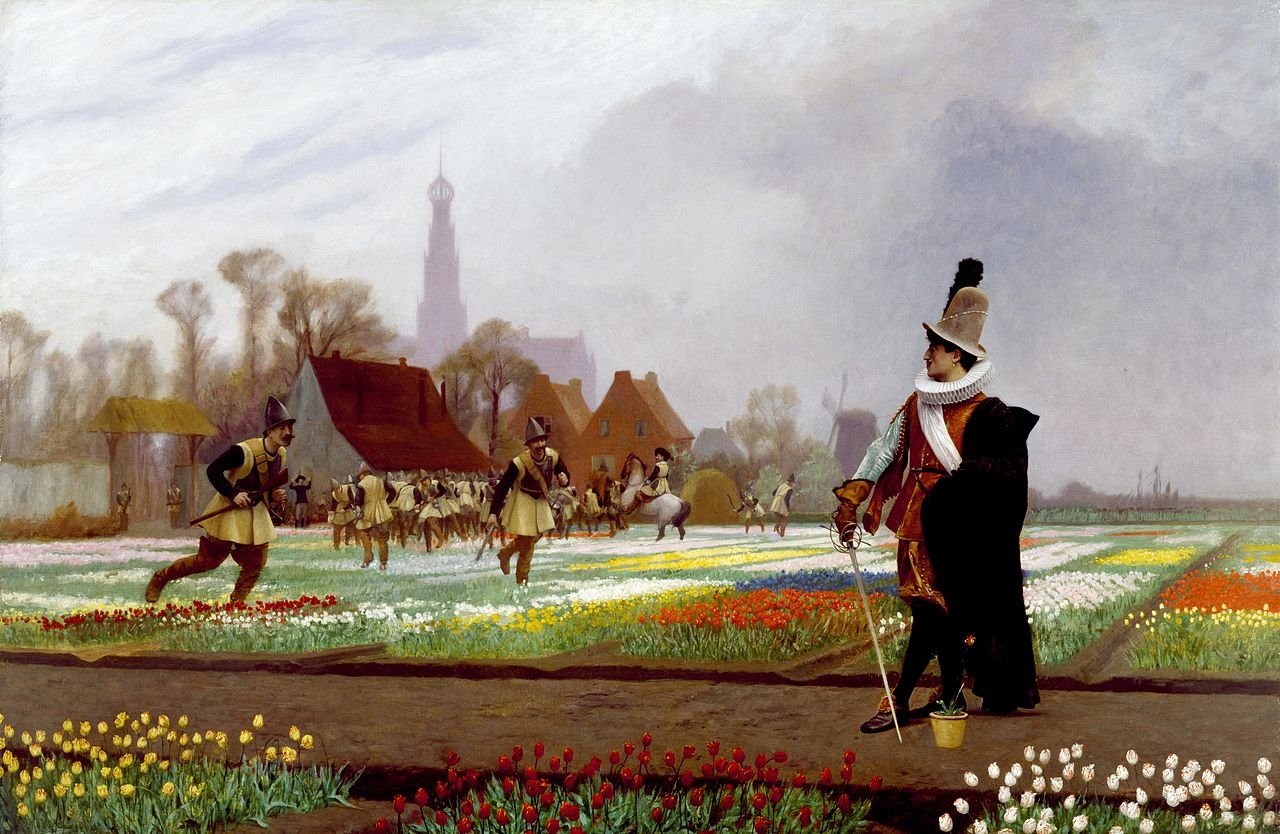
The Impact Of The Tulip On Ottoman Architecture And Gardens
The Tulip, a symbol of beauty and prestige during the Tulip Era, significantly influenced Ottoman architecture and garden design. This period, extending from the late 17th century into the early 18th, was marked by an enthusiastic embrace of this flower, which became a central motif in both art and landscaping.
The incorporation of The Tulip into architectural designs was not merely decorative; it represented a deeper cultural shift towards Western ideals of beauty and nature. Various mosques, palaces, and public buildings began to feature intricate floral patterns where The Tulip was prominently displayed. This trend was reflective of a broader movement to integrate natural elements into urban spaces, making architecture more harmonious with its surrounding environment.
Moreover, gardens during this era transformed into lavish spaces designed for enjoyment and social gatherings. The landscape architects of the time began to employ advanced techniques to cultivate beautiful gardens that prominently featured The Tulip alongside other exotic plants. The Ottomans introduced a variety of The Tulip species into their gardens, showcasing their horticultural expertise and fascination with beauty.
| Architectural Element | Influence of The Tulip |
|---|---|
| Minarets | Decorative tile work often included tulip motifs. |
| Palatial Gardens | Designed for aesthetics and leisure, prominently featuring tulips. |
| Pavilions | Open structures embraced floral patterns on walls and ceilings. |
The gardens of the Topkapi Palace and the famous Emirgan Park in Istanbul are prime examples of how The Tulip was used not only to enhance the beauty but also to symbolize wealth and status. In this context, The Tulip evolved into a cultural icon reflecting the tastes and aspirations of the Ottoman elite.
Thus, the impact of The Tulip on Ottoman architecture and gardens was profound, signifying a shift towards a more ornate and nature-infused aesthetic that would influence subsequent generations. The legacy of this period remains evident in modern Turkish culture, where the tulip continues to be a symbol of beauty and national pride.
Westernization Movements: Embracing New Ideas And Technologies
The Tulip Era, marked by its cultural and artistic innovations, also served as a backdrop for significant The Tulip influenced westernization movements within the Ottoman Empire. These movements were characterized by the embracing of new ideas and technologies, which were primarily absorbed through interactions with Europe.
One of the first signs of westernization during this period was the adoption of various European customs in daily life. As the admiration for the The Tulip, which symbolized luxury and refinement, began to rise among the elite, so did the desire to acquire Western knowledge and practices. This included new scientific advancements, artistic styles, and architectural methods.
The Ottoman elites actively sought to learn about European administrative systems, military tactics, and educational reforms. This led to the establishment of new institutions that focused on modern sciences and languages, fostering a cultural exchange that would pave the way for further reforms in the later stages of the empire.
Technological progress during the Tulip Era was also notable. The importation of advanced tools and machinery played a crucial role in the development of various sectors, including agriculture and manufacturing. This influx of technology contributed to increased productivity and economic growth, aligning with the aesthetics and luxury associated with the The Tulip.
The ideals of the Enlightenment began to permeate Ottoman thought, challenging traditional norms and encouraging intellectual discourse. Correspondence with European thinkers and the translation of significant works into Turkish empowered scholars and reformers to envision a modernized empire.
Overall, the westernization movements during the Tulip Era were pivotal in shaping the trajectory of the Ottoman Empire, initiating a transition toward modernization that would influence its future endeavors. They established a foundation for embracing change, thus marking the The Tulip as not just a symbol of beauty, but also as a metaphor for transformation and progress within an evolving society.
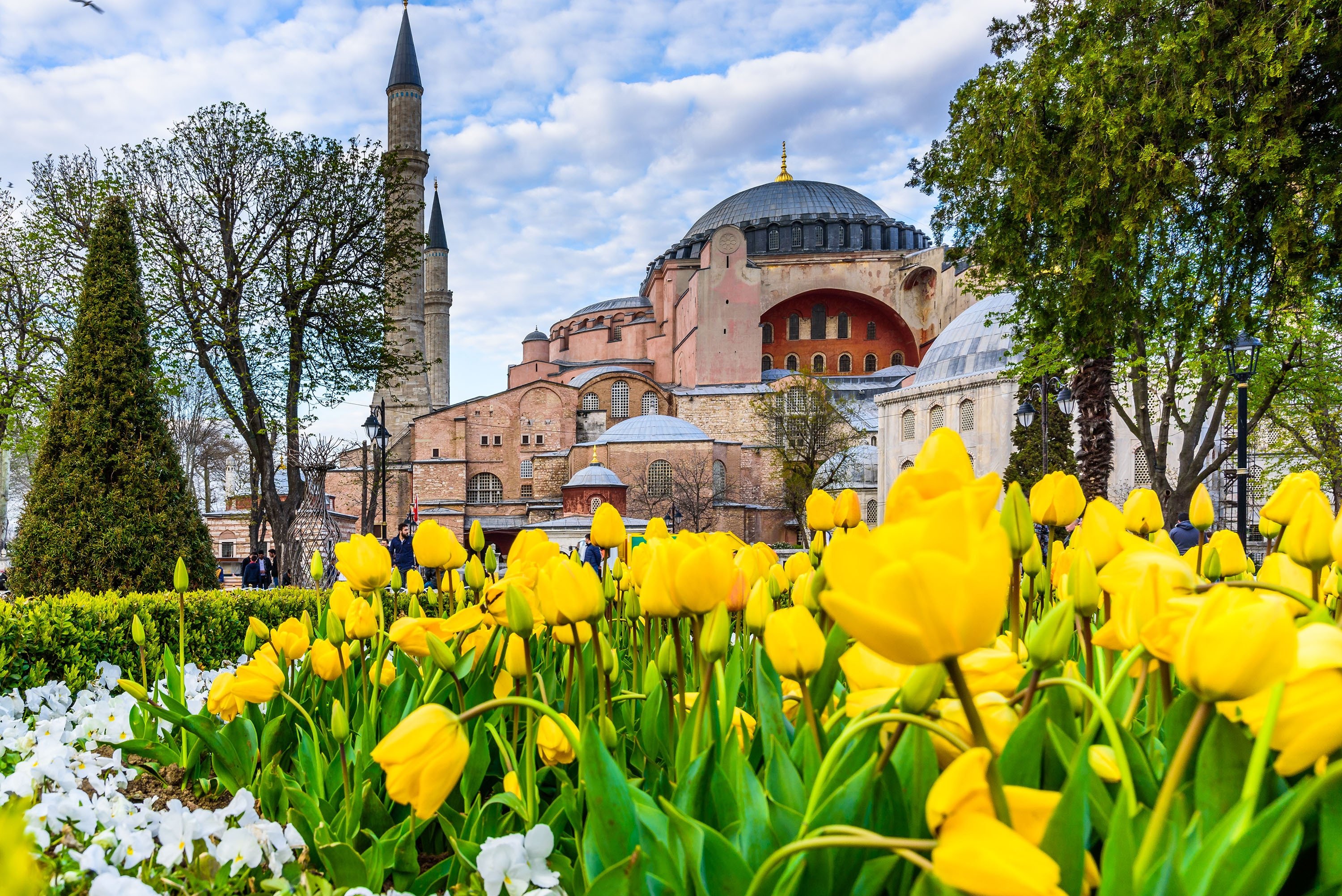
The Decline Of The Tulip Era: Challenges And Consequences
The Tulip Era, a beloved chapter in Ottoman history, began to witness its decline due to several intertwined challenges. One of the principal factors contributing to this downturn was the overwhelming economic strain caused by profound speculation surrounding tulip bulbs. The soaring prices reached during the speculative bubble created an unsustainable market environment. As the prices collapsed, many wealthy individuals faced financial ruin, leading to widespread discontent among the populace. Political instability also played a critical role in the decline of the Tulip Era. The ambitious Westernization policies initiated by the ruling elite faced backlash from conservative factions within the empire. These groups viewed such changes as a threat to traditional values and social structures. The tension between modernization and conservatism ultimately disrupted the fragile political balance and led to significant unrest. Furthermore, as foreign influences became more pronounced, a reactionary wave emerged. Many Ottoman citizens, particularly in more rural and traditional settings, rejected the rapid influx of Western customs and practices. This cultural pushback limited the sustainability of the Tulip movement and its associated activities. The aftermath of the Tulip Era left a mixed legacy that raised questions about the benefits of cultural change. While the era fostered advancements in art, science, and architecture, it also demonstrated the risks associated with unrestrained enthusiasm for foreign ideas. The consequences of this period served as a reminder for future administrations about the delicate balance necessary for successful societal transformation. In conclusion, the decline of the Tulip Era marked the end of a glorious period characterized by ambition and creativity. However, it also provided valuable lessons on the complexities of cultural and political change, emphasizing the necessity of gradual adaptation and the importance of maintaining a sense of cultural identity amidst transformation.
Legacy Of The Tulip Era: Lessons For Modern Cultural Change
The Tulip Era, a distinct period in the Ottoman Empire marked by significant the Tulip cultural shifts, offers valuable insights into modern cultural change. This unique phase emphasized not only the enchanting beauty of the tulip itself but also demonstrated how cultural symbols can bridge vast social transformations.
One of the most critical lessons from the Tulip Era is the importance of embracing innovation while preserving cultural identity. The Ottomans' fascination with Western art, literature, and technology during this period showcased a willingness to adapt and incorporate external influences without entirely abandoning their rich traditions. This balance is a pertinent consideration today, as societies strive to integrate diverse influences while maintaining their heritage.
Moreover, the flourishing of the Tulip market exemplifies how economic dynamics can drive cultural change. The demand for tulips reflected broader societal trends and aspirations, revealing the interconnectedness of market forces and cultural appreciation. In the current global economy, understanding this relationship can encourage nations to foster local industries that celebrate their cultural roots while participating in international trade.
Furthermore, the Tulip Era serves as a reminder of the impact of aesthetic appreciation on societal values. The beauty and artistry associated with the Tulip extended beyond gardens and decor, influencing social structures, politics, and daily life. Modern movements advocating for sustainable and aesthetically pleasing urban designs can draw inspiration from this, emphasizing that beauty should be a central tenet of cultural development.
Lastly, the decline of the Tulip Era underscores the potential consequences of overstretching cultural identities in the pursuit of novelty. The eventual backlash against the excesses of the era highlights the importance of sustainable growth that respects cultural authenticity. Similar caution is needed in contemporary globalization, where cultural homogenization threatens unique identities.
In conclusion, the legacy of the Tulip Era provides profound lessons for modern cultural change. By understanding the delicate interplay between innovation and tradition, the impact of economics on cultural practices, the role of aesthetics in societal values, and maintaining a sustainable approach to cultural exchange, we can navigate today’s complex cultural landscapes more effectively.
Frequently Asked Questions
What was the Tulip Era in the Ottoman Empire?
The Tulip Era, lasting from 1718 to 1730, was a period marked by the cultural and political Westernization in the Ottoman Empire, characterized by a fascination with European art, architecture, and fashion.
How did the Tulip Era influence Ottoman culture?
During the Tulip Era, Ottoman culture experienced significant transformations, including the introduction of new artistic styles, the establishment of gardens featuring tulips, and a shift towards a more European-oriented lifestyle.
What were the main factors driving Westernization during the Tulip Era?
Key factors included increasing diplomatic relations with Europe, the influence of Western ideas and technologies, and the desire of Ottoman elites to modernize and compete with European powers.
What role did the tulip flower play in the Tulip Era?
The tulip became a symbol of wealth and status during the Tulip Era, prompting the establishment of gardens and floral festivals, which reflected the era's appreciation for beauty and aesthetics.
What political changes occurred during the Tulip Era?
The Tulip Era saw a shift in power dynamics within the Ottoman court, as the elite class began to adopt values and practices from Europe, eventually leading to the rise of the Patrona Halil Revolt and the end of this era.
How did the broader social implications of the Tulip Era unfold?
The Tulip Era sowed the seeds for social changes within the empire, as it encouraged a more vibrant urban culture, expanded leisure activities, and increased public engagement in the arts and sciences.
What legacy did the Tulip Era leave for the Ottoman Empire and its future?
The legacy of the Tulip Era is seen in the subsequent modernization efforts of the Ottoman Empire, influencing reforms in governance, education, and society that would shape its trajectory in the 19th century and beyond.

